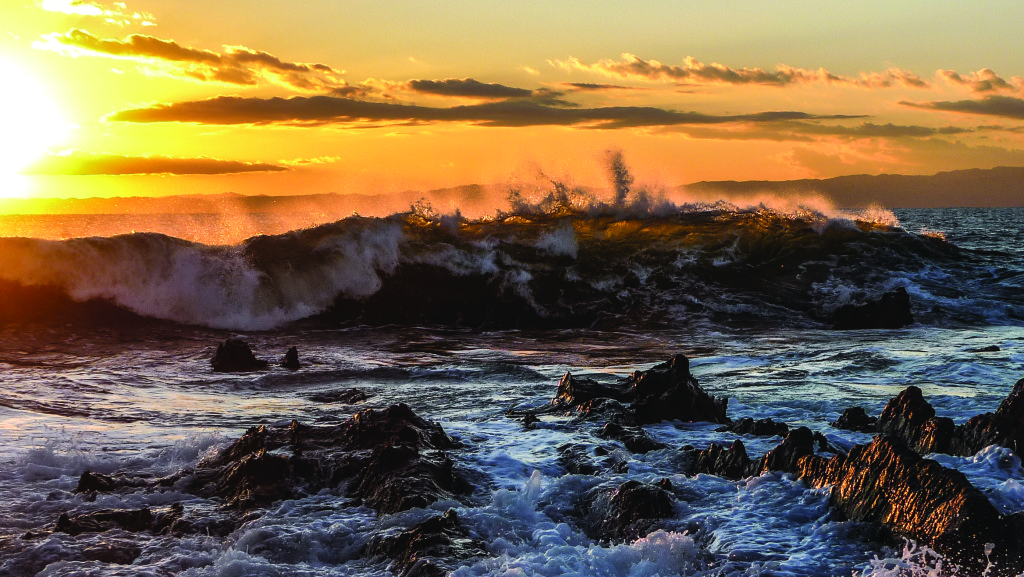The Hall of Fame baseball player Yogi Berra, who dispensed hundreds of pearls of wisdom (known as “Yogi-isms”), once said of an Italian restaurant in St. Louis, “Nobody goes there anymore. It’s too crowded.” He might have been talking about Miura Hanto in summertime, when the roads turn into parking lots, the restaurants are full, and the water is about as clean as you’d expect it to be, an hour from one of the most populous cities on earth.
If you’ve ever lived in or near a beach resort, you know summer is rarely the best time to be there. Sure, it may be too chilly to work on your tan, or your backstroke, but there are other reasons to get out of the city.
Kamakura is the best-known destination in Miura Hanto, and its temples and shrines are well worth a visit (every time you have visitors in town!), but less well known are the hiking trails in the hills surrounding the town. You can easily walk 20 kilometers while staying virtually within sight of Kamakura Station (and its wealth of nearby restaurants and bars offering post-ambulatory refreshment).
Another good hike can be taken from Miurakaigan to Misakiguchi stations on the Keikyu Line. The distance between the two adjacent stations by train is 2.5 kilometers, but if you walk around the bottom of the peninsula, it’s 20 kilometers of fishing villages and daikon and cabbage fields.
If you get hungry along the way, the local specialty in Misaki Port (and most of southern Miura Hanto) is maguro donburi (tuna rice bowl). Also worth stopping at is Misaki Donuts.
Farther north, also on the Keikyu Line, is Maborikaigan Station (from Yokohama, change at Horinouchi to the Uraga spur), from which you can walk or take the bus to the Yokosuka Museum of Art (surprisingly good!), or Kannonzaki Park, with its super-fast roller slide and its rebuilt Tokugawa-era lighthouse.
Shonan is the stretch of Sagami Bay coast from Miura to Hiratsuka, including Hayama, Zushi, Kamakura, Fujisawa and Chigasaki. In summer, the Shonan coast is jammed with neophyte surfers (there’s no real surf except during typhoons), but in the spring (and autumn and winter), the beaches are popular with kitesurfers and windsurfers, as well as “practitioners of SUP” (SUPpers?). Miurakaigan is another excellent windsurfing destination, and there are a handful of equipment rental shops on the beach in both places.
If you’re not much of an outdoor type, and love, love, love the Klein Dytham-designed T-Site in Daikanyama, there’s another T-Site in Fujisawa, on the site of a former Panasonic television factory. The next time you’re plotting a rainy (or sunny) day drinking coffee surrounded by hundreds of thousands of magazines and books, you may be interested to know that the Fujisawa T-Site is closer to Yokohama Station than the one in Daikanyama.
One caveat: it cannot be said that off-season Miura Hanto is hopping with nightlife. But if you want to party, sleep late and stay in the city (and on Monday morning, wonder where your weekend went)!


